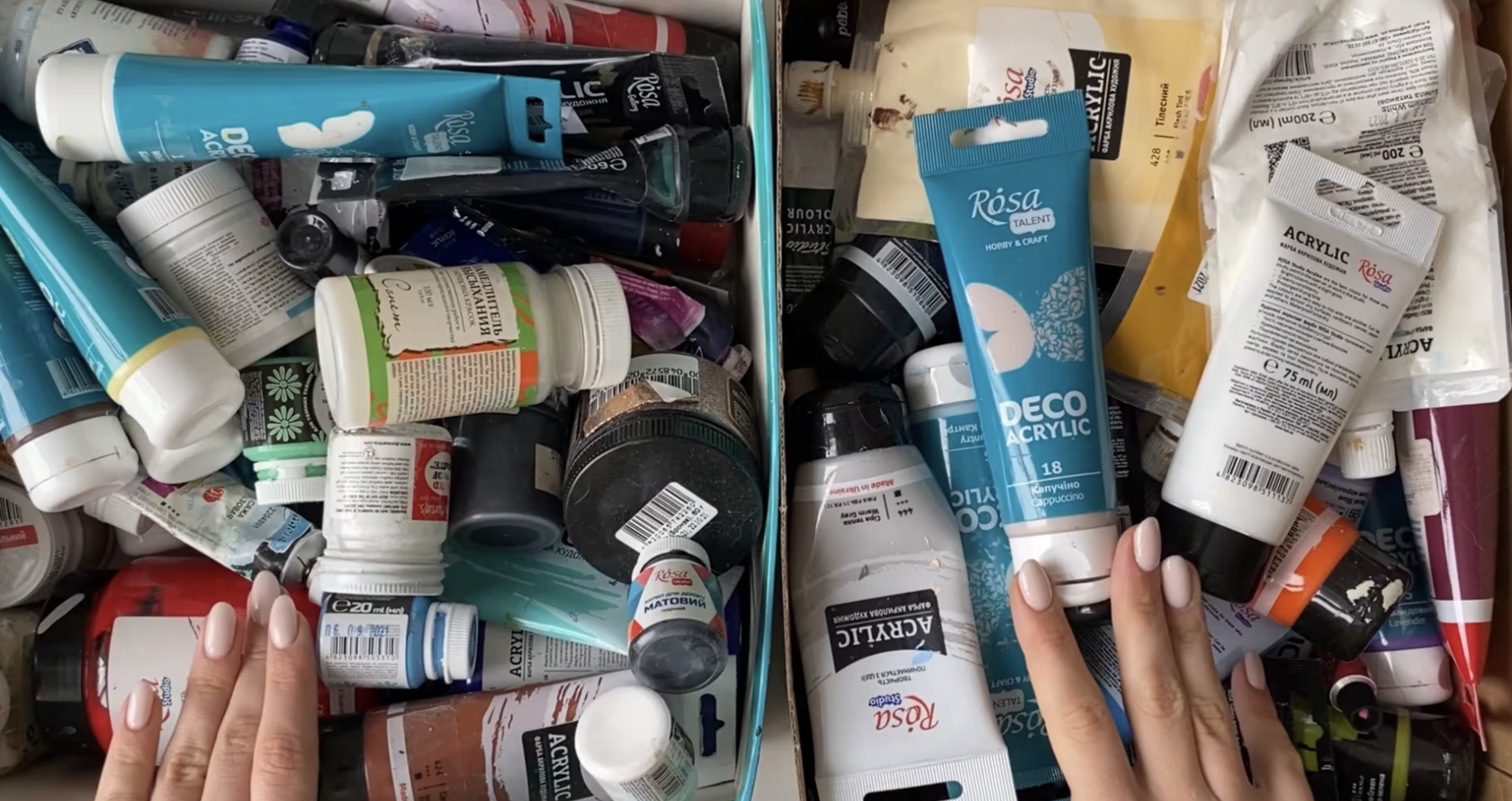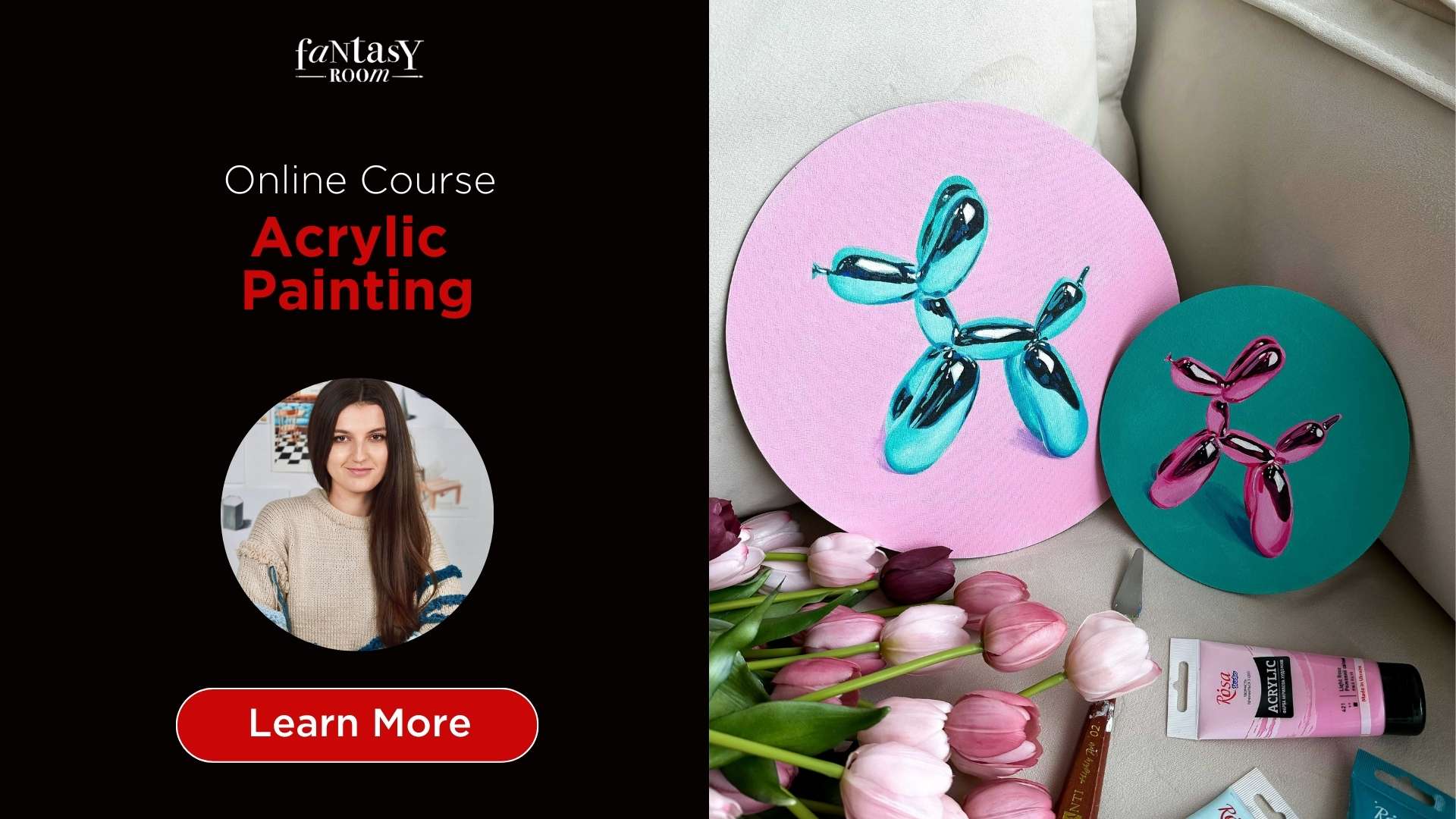Acrylic painting, a versatile water-based technique, offers a wide range of possibilities. When diluted, it resembles watercolor, while thicker applications mimic the texture of oil paint. Here are five essential steps to guide you through creating an acrylic painting masterpiece.
Choosing A Subject
When selecting your subject and composing your painting, it's wise to begin with simpler subjects like still lifes before advancing to more complex compositions such as landscapes or portraits. Trust your instincts when composing your subject. Here are some helpful tips to guide you:
- Utilize the rule of thirds by dividing your canvas horizontally and vertically into three equal rows. Place important elements of your composition near these lines for a balanced and visually appealing result.
- Consider the format of your canvas. A "landscape" orientation (horizontal rectangle) can convey a sense of spaciousness, while a "portrait" orientation (vertical rectangle) evokes intimacy. Opting for a "panorama" format (very wide rectangle) offers a panoramic view, while a square canvas draws focus to the center of the painting.

Foundation Drawing
Preliminary drawing lays the foundation for a successful painting by helping you position the primary elements in space and define forms and proportions. While not all artists use this step, it can greatly aid in the composition process.
Begin by lightly sketching the main features of your painting using a soft pencil, charcoal (ideal for adding shadows and light), or acrylics, which won't vanish when you begin painting over them.
If you're hesitant about freehand drawing with a pencil, consider using a grid or tracing paper as aids to ensure accuracy and precision in your composition. These tools can provide helpful guidelines as you transfer your subject onto the can
Begin by lightly sketching the main features of your painting using a soft pencil, charcoal (ideal for adding shadows and light), or acrylics, which won't vanish when you begin painting over them.
If you're hesitant about freehand drawing with a pencil, consider using a grid or tracing paper as aids to ensure accuracy and precision in your composition. These tools can provide helpful guidelines as you transfer your subject onto the can

Ready to explore the pros and cons of acrylic paints for yourself? Dive into the online course 'Acrylic Painting' offered at Fantasy Room Online School. With detailed step-by-step tutorials, our professional tutors will expertly guide you through the captivating journey of creating stunning abstract artworks, capturing the essence of still life compositions, and painting breathtaking landscapes that transport you to serene vistas. Join us and unleash your creativity with acrylics!
Adding a Colored Background
While optional, a colored background can enhance the overall look of your painting by tying together the colors used in your subject. To create a colored background, select one of the primary shades from your subject and dilute it to create a wash.
- Ensure the color is sufficiently diluted to avoid obscuring the underlying drawing.
- Wait for the background to dry completely before adding any additional colors.
- To achieve a uniform colored background, use a wide, flexible brush and apply the paint in horizontal strokes.
- For a dynamic background, experiment with different brushstroke techniques such as circular motions or zigzags.
- If your subject calls for it, consider using multiple colors for the background, applying each color in layers to create depth and interest.

Applying Colors
When applying colors, use thin layers of paint mixed with water to achieve a translucent effect.
- Start by applying the lightest colors first, gradually adding darker tones as needed. Instead of using white to lighten colors, dilute them with water to maintain their transparency and vibrancy.
- Allow each layer of paint to dry completely before adding the next. This ensures that your colors remain crisp and prevents them from mixing together.
Adding Details
In this final step, focus on enhancing your painting with details that bring it to life.
- Enhance colors, add depth, and incorporate highlights to make your subjects pop.
- If you're new to acrylic painting, don't be discouraged by challenges. With patience and practice, you'll develop confidence and find acrylics to be a versatile and rewarding medium. Keep experimenting and enjoy the process!











